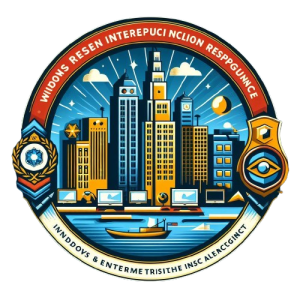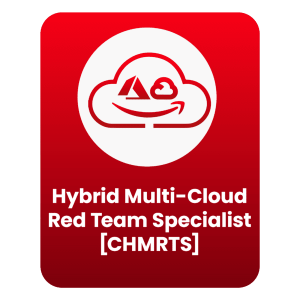
This intensive three-day course is designed to teach the fundamental investigative techniques needed to respond to today’s cyber threats. The fast-paced course is built upon a series of hands-on labs that highlight the phases of a targeted attack, sources of evidence and principles of analysis. Examples of skills taught include how to conduct rapid triage on a system to determine whether it is compromised, uncover evidence of initial attack vectors, recognize persistence mechanisms and investigate an incident throughout an enterprise. Although the course is focused on analyzing Windows-based systems and servers, the techniques and investigative processes are applicable to all systems and applications. The course includes detailed discussions of common forms of endpoint, network and file-based forensic evidence collection and their limitations as well as how attackers move around in a compromised Windows environment. The course also explores information management that enriches the investigative process and bolsters an enterprise security program. Discussion topics include the containment and remediation of a security incident, and the connection of short-term actions to longer-term strategies that improve organizational resiliency.









